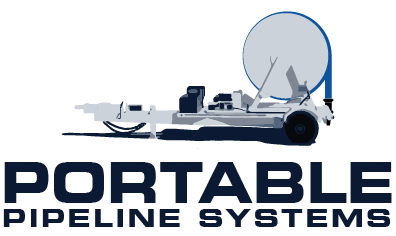Wastewater Utilities- Why It’s Critical To Maintain Them and How Layflat Hose Can
The use of Wastewater Utilities is a necessary part of everyday life. Without them, our homes and businesses would be in major trouble. In the past few years, wastewater utilities have been more important than ever- with many industries relying on them to keep their business running smoothly. You don’t want to find out the hard way that your utility needs some maintenance when you’re knee-deep in a job! That’s why it’s so important to maintain your wastewater utilities in order for everything to run smoothly. The blog post will go into detail about what these utilities are, how they work, and how you can maintain them properly so that everything runs smoothly.
What Are Water and Wastewater Utilities?
- Each state has several, Water and Wastewater Utility providers depending on their size.
- Water Utilities deal with domestic and industrial sewage within a specific service area.
- Most people don’t think about the quality of water they receive in their homes, which comes from local natural resources. Nor do they consider their wastewater’s effect on the environment.
- Domestic wastewater includes anything pumping out of our homes through drainage systems, such as sinks and toilets.
- Water treatment plants purify everything flushed down our toilets before being sent back into nature.
- That is why we don’t end up with toilet paper fibers and baby wipes in our rivers. It is also why wastewater utilities will urge you to flush nothing other than toilet paper because it breaks down naturally in water.
- The two main ways that water leaves homes are through storm drains and sanitary sewers. The difference is that sanitary sewers flow directly into treatment plants, while storm drains flow directly back into the environment without treatment. Meaning everything that goes down a storm drain will end up back in your local water source.
What Happens If Wastewater Utilities Fail?
- The failure of Wastewater Utilities can contribute to the damaging effects of disasters such as floods or water main breaks. Excess water can overload storm drains, especially when those drains have become clogged up with grease and garbage.
- This leaves the water with nowhere to go, forcing cities and towns to utilize above-ground water transportation systems to remove the excess.
- Similar problems- can arise when domestic wastewater system when pipes clog. But, again, those effects may have to call a professional with a similar above-ground water transportation system if a simple plumber can’t solve the issue.
- Wastewater Utilities are like their own ecosystem, and maintaining that is critical to the function of any habitable area. It is the background work that keeps life as we know it functioning.
How Can This Be Prevented?
- On the domestic level, solving this issue is as easy as making sure you flush nothing that could clog your pipes. Which means everything but toilet paper. Even grease can build up over time. So you can collect your grease and put it into the garbage instead of draining it.
- City pipes can clog similarly from a buildup of grease. The difference is that the city is managing much larger pipes which provide complex obstructions.
- Preventive maintenance includes sending cameras into the pipeline to ensure no blockages like tree roots or trash buildup.
- If they identify a blockage, it needs to be cleared before clog and creating a more significant issue. But, again, it is the responsibility of waste management professionals to make sure that this doesn’t happen.
How Having A Layflat Hose Response Plan Can Help with Spills
- You can respond promptly to wastewater spills to perform a pipe bypass above the ground.
- Buys a utility time so they can perform the pipe repair
- Avoids EPA fees for the utility, which can range in the tens of thousands of dollars
- Allows the utility to be self-sufficient, don’t have to rely on vendors and their response times
- It can be faster than using a hard pipe to do a bypass
- If your system is on hilly terrain, it can act as a portable lift station
In conclusion, being prepared and self-sufficient is what every utility strives to be. According to a new WMO report, disasters and emergencies are on the rise (Click Here For WMO Report). Now is the time to prepare your system for any outages.



 Sales Office Location
Sales Office Location
 sales@portablepipelinesystem.com
sales@portablepipelinesystem.com